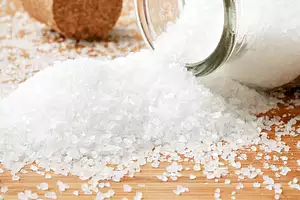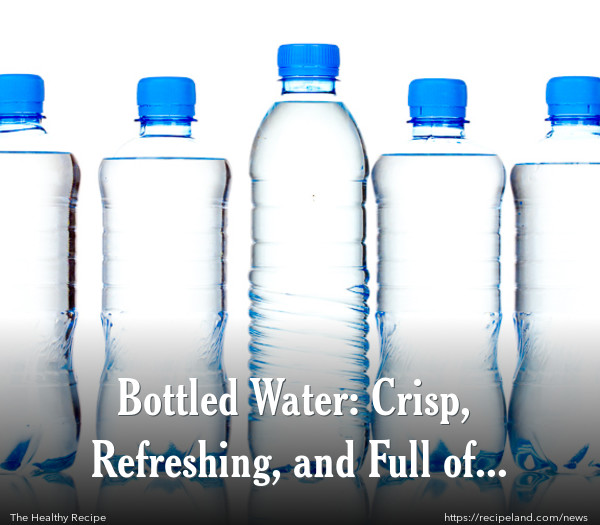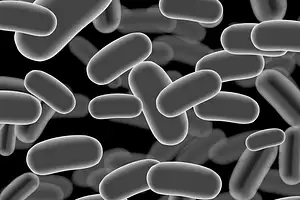Is there more in your favourite bottled water than just H2O? Are you paying a premium price for bottled water, expecting it to be contaminant free?
A recent study conducted by German researchers, and published in PLOS One, reports that your bottle of water may contain more than 25,000 chemicals. Some of these chemicals have the same effect on your body as powerful prescription drugs used to treat conditions like prostate cancer.
Where are these harmful chemicals coming from? It is not the water, but the plastic bottle that the water is conveniently packaged in which is causing the problem. The dangers of plastic bottles containing BPA have recently been highlighted in the news. However, the bottles examined in this study were made from BPA-free plastic.
For the purposes of this study, German researchers Martin Wagner and Jorg Oehlmann of the Johann Wolfgang Goethe University in Frankfurt used water bottles that were made from PET plastic or glass. After these bottles had been cleaned, young mud snails were cultured in them.
These mud snails are especially sensitive to the effects of estrogen, a female reproductive hormone. The mud snails cultured in PET plastic bottles produced twice as many new mud snail embryos than those cultured in the glass bottles. This indicates the presence of estrogen-mimicking pollutants within the PET bottles.
These researchers also examined the estrogen content of water from 20 brands of bottled water. This water was stored in PET bottles, glass bottles, or aseptic Tetra Pak containers. Water from the glass bottles contained no estrogen. Water from the PET bottles and Tetra Pak containers tested positive for estrogen in various amounts.
Researchers also tested to see if the water bottled in plastic had an effect on the body’s estrogen and androgen receptors. Androgen is composed of male reproductive hormones. Most of the water tested had some effect on the body’s estrogen and androgen receptors. 60% of estrogenic activity and 90% of androgenic activity were interfered with in amounts of water as little as 0.1 ounces (2.8 grams). These effects are similar to those of drugs prescribed to treat prostate cancer.
Why is this elevated amount of hormonally active chemicals worrisome? These chemicals are known to disrupt the reproductive development of children. However, they are also linked to heart disease, diabetes, and infertility.
Bruce Blumberg, PhD, from the University of California reports, “It is a bit early to make any strong inferences about how detrimental these chemicals will be toward human health. It is certain that they are not beneficial.”
The Health Promotion Board of Singapore points out that your body needs water to:
-properly digest and distribute nutrients to cells
-keep joints moving freely
-maintain a safe body temperature
-efficiently remove waste
For proper hydration, the Health Promotion Board recommends that adults drink between 6 and 8 glasses of water each day. To avoid the risks associated with bottled water, fill up your own glass or stainless steel bottle with tap or filtered water from home.
SOURCES: https://www.prevention.com/food/healthy-eating-tips/your-bottled-water-has-2…https://www.hpb.gov.sg/HOPPortal/health-article/7446https://www.sciencenews.org/blog/science-public/bottled-water-may-contain-%E2%80%98hormones%E2%80%99-plastics; Image courtesy of Toa55 / FreeDigitalPhotos.net










Comments